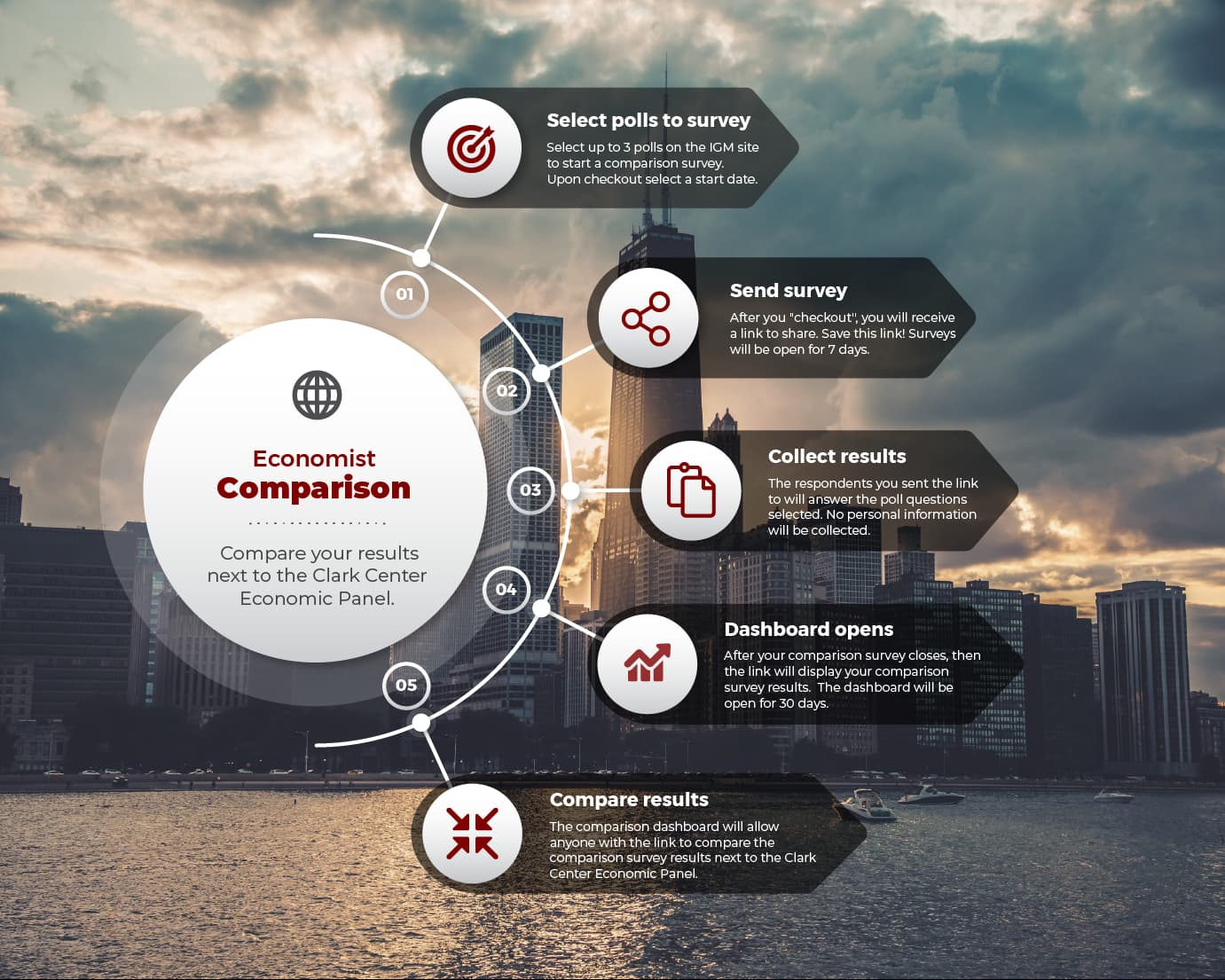Almost two years on from Russia’s invasion of Ukraine, launched on the 24th February 2022, the fighting continues. The extent and future of Western support for Ukraine, together with questions around the effectiveness of the sanctions regime on Russia, continue to be live political issues in the United States and in parts of Europe. This week the Clark Center’s European and US expert panels were asked for their views.
When it comes to the importance of Western support for Ukraine, the results were decisive. Asked whether in the absence of continuing flows of Western aid Ukraine’s economy would be substantially compromised the views of those answering were close to unanimous. Weighted by confidence, 99% of the US panel and 96% of the European panel either strongly agreed or agreed.
According to the Kiel Institute for the World Economy’s tracker, between January 2022 and October 2023 Western states committed more than €230bn (or around one quarter of a trillion US dollars) in military, financial and humanitarian aid to Ukraine. To give some context to that figure, Ukraine’s pre-war GDP was around $200bn. The committed support in the first 20 or so months of the conflict represents around 125% of pre-war Ukrainian national income. By contrast US Lend-Lease aid to Britain in the Second World War, widely recognised as crucial, peaked at around 20% of national income in 1944. Given the sheer magnitude of Western aid, both panels’ belief in its continuing importance to Ukraine’s economy are hardly surprising.
But on the question of the impact of the sanctions on Russia, the results were more mixed. Whilst a plurality of both American and European experts, when weighted by confidence, agreed that the sanctions were substantially impacting on Russia’s ability to prosecute its war effort, around one third disagreed and there was a substantial proportion opting for being uncertain.
Those divided opinions are understandable. For a start the question implicitly invokes a counterfactual, that is to say – how would Russia’s war effort look in the absence of Western sanctions? More generally, assessing the impact of sanctions on Russia’s economy so far is hardly straightforward. The official Russian GDP figures, released this week, showed economic growth of 3.6% in 2023 after a 1.2% contraction in 2022. The IMF reckons that the Russian economy will expand at a faster pace in 2024 than any of the G7 group of leading economies. By any definition this is a respectable headline economic performance and certainly an awful lot better than the predictions of a 1998-style – or even, in the more excitable commentary – a 1917-style collapse in Russian output that accompanied the imposition of the sanctions two years ago.
Those growth figures though should be treated with caution. Defense and security spending now amounts to almost 40% of Russia’s government budget and whilst making shells to fire in eastern Ukraine certainly adds to total economic output, it does not add to economic well being. High inflation is eroding living standards and Russian consumers are suffering. And whilst the headline growth numbers look decent when compared to developed economies, the IMF forecasts that Russian growth figures will lag more comparable emerging European economies in 2024.
If assessing the overall impact of the sanctions on the Russian economy as a whole is a tricky business, directly mapping their impact on Russia’s warfighting ability is necessarily trickier still.
Quantifying the success of any set of sanctions is further complicated by the fact that there remains widespread disagreement over exactly what they are intended to achieve. On one level they can be regarded as a coercive tool, designed to change the behavior of the target state by increasing the costs of non-compliance. At least in this way of thinking, the success or failure of any sanctions policy is easily assessed– did the targeted state change its behavior? Clearly two years of multilateral sanctions have not forced a change in Russian policy. But then sanctions regimes alone rarely do. Work by political scientists points to relatively few examples of sanctions working in terms of changing behavior. One study found that economic sanctions led to political compliance in fewer than five percent of cases.
When sanctions are applied to a state such as Putin’s Russia though, where compliance is never likely, they are better thought of as a way of restraining undesirable actions rather than entirely preventing them. The problem for policymakers though is that such sanctions can take a great deal of time to have a major impact. Russia entered the war with large stockpiles of equipment and with relatively abundant natural resources. In the long run, restraining Russia’s ability to import new technologies, vital components and raw materials and cutting off its access to Western capital markets will likely have a detrimental impact on its wider economy and its warfighting capacity. But waiting for the long run to arrive can take a rather long time, especially as Russia continues to find gaps in the sanctions coverage.
Taken together it is difficult to disagree with the expert panels – Western support for Ukraine has been crucial to keeping its economy functioning and keeping it in the war but the impact of the sanctions on Russia’s own warfighting ability are much harder to judge.

